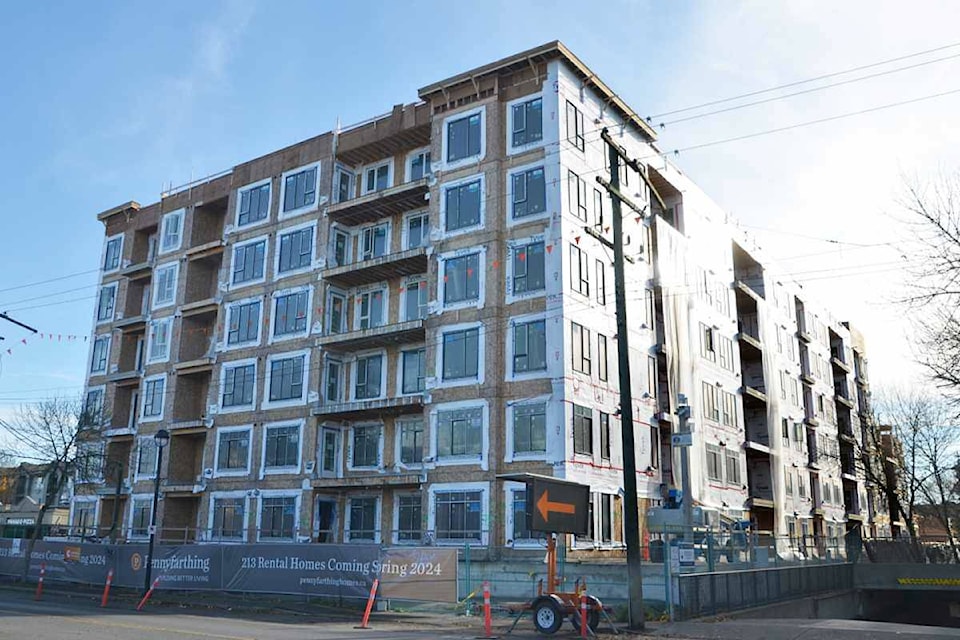If it wasn’t a situation that was making millions of people anxious and/or poorer, the housing crisis in Canada would be a great example of a situation that creates new problems every time you try to solve it.
Here’s the simplest, most basic way we solve the housing crisis: we build more homes.
But every time we try to do that, we create or discover new obstacles that make it harder to do just that.
For example, over the last couple of years, we’ve built between 240,000 and 270,000 new homes per year in Canada. That’s actually a significant improvement over the level of around 200,000 a year we were stuck at for ages.
Unfortunately, Canada isn’t a big game of Sim City. You can’t just move the sliders around. Everything is connected to everything else.
• Building more homes creates more demand for building materials, so the price of lumber and cement and other physical inputs goes up as more builders are competing for supplies.
• More construction also means more competition for developable land, which also increases in price faster as development speeds up.
• Guess what happens to the price of labour as more carpenters, roofers, electricians, drywallers, plumbers, etc. are needed to build homes?
Governments have been trying to tackle some of these, for example by opening up more land for higher-density development. And we can, theoretically, train more skilled trades workers. But none of that happens overnight.
Some of the effects of the housing crisis seem to create self-reinforcing loops.
1) Shortage in housing means rent increases very rapidly.
2) Fewer people are willing to move because relocating means a massive rent hike.
3) People who could help build new rental housing don’t relocate, so it’s harder to build new rental housing.
4) Housing shortage gets worse, go back to step 1.
READ ALSO: PAINFUL TRUTH: Outdoor reading season is almost here
Then there’s Canada’s demographic issues, which you would think would cause a housing price crash – without immigration, the Canadian population would be absolutely flat right now, and aging fast.
But instead, it’s been increasing at the fastest clip since the 1950s.
You can argue about the pace of it, but the economic rationale makes sense – increasing our working-age population will help shore up the general tax base, and also the Canada Pension Plan system, which millions of retiring Baby Boomers are now settling into.
But has Canada prioritized its immigration system for people who can help build homes? Nope!
There are also plenty of reasons why Canadians are having fewer children, and having them later in life, but one of the big ones cited in recent surveys, is, of course, that finding a home big enough for a family is really, really expensive.
What do you do with a problem that seems designed to actively resist being solved? I don’t know, but I sure hope somebody figures it out pretty soon.
